| Structure | Name/CAS No. | Articles |
|---|---|---|
 |
sodium chloride
CAS:7647-14-5 |
|
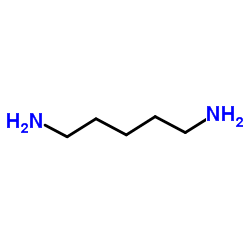 |
Cadaverine
CAS:462-94-2 |
|
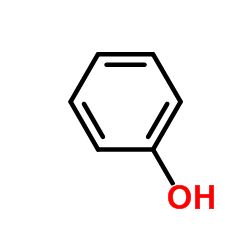 |
Phenol
CAS:108-95-2 |
|
 |
p-Cresol
CAS:106-44-5 |
|
 |
putrescine
CAS:110-60-1 |
|
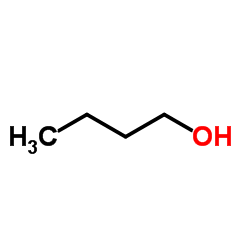 |
Butanol
CAS:71-36-3 |
|
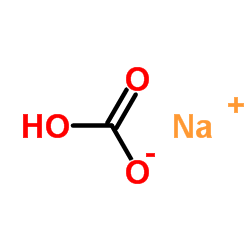 |
SodiuM bicarbonate
CAS:144-55-8 |
|
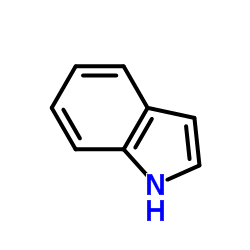 |
Indole
CAS:120-72-9 |
|
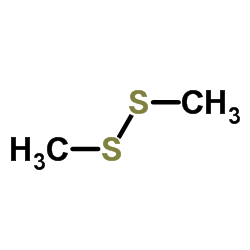 |
Dimethyl disulfide
CAS:624-92-0 |
|
 |
SODIUM CHLORIDE-35 CL
CAS:20510-55-8 |